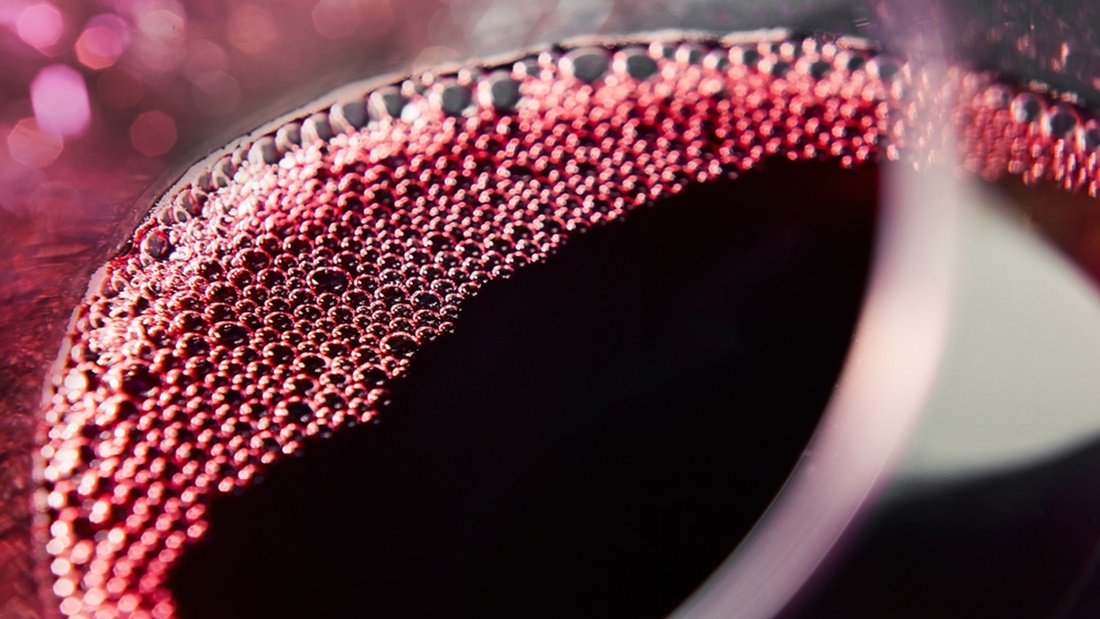
12 Aug The Basics of Tasting Red Wine
Anyone who savours wines knows that there are different ways in which different wines have to be tasted and enjoyed. If you have just started your romance with wines, you must be eager to know more about everything related to them. Here we discuss the basics of tasting red wine. These will significantly enhance your enjoyment of this drink:
Glasses
It’s important that the wine be showcased well and using thick-rimmed, tumbler style ones is not the best way to do that; these glasses tend to be very clumsy and cloddy. It’s important to use stemmed glasses, if you want to showcase the wine well. It’s the best way to enjoy the visual appeal of the colour and clarity of the wine. These are the things you should be looking for when choosing glasses to serve red wine in:
- It’s better to use larger glasses
- They should have a thin rim that is cut, not rolled; this helps in facilitating the smooth flow of wine towards the tongue
- The glass should have a larger bowl with a gradual slope towards the rim
- The Bordeaux style glass works very well with most reds & whites.
- The Burgundy style has a more bulbous bowl; it tapers much more radically towards the rim.
Temperature
- The temperature is the key to the basics of tasting wines as this factor can make/break your wine.
- The ideal temperature to store red wine is 12-18°C. If you serve the wine too warm, it can get volatile and become alcoholic.
- Red wine is best served at a temperature of – 24°-25°C. Never over-chill the wines as that will only impact its character and flavor negatively.
Decanting
The 2 main reasons we decant wine is so that it gets aerated and the sedimentation is removed. This is especially the case with older reds.
The 4-step process to taste any wine
Eyeball
Judge the colour & intensity of the wine by tilting the glass a little towards you; then glance over the rim. Now hold the glass right up to the light and assess its clarity. If the wine is murky red, it indicates sediment or an unfiltered/unfined wine.
Swirl & Sniff
Next, you swirl the wine in your glass; this encourages the bouquet of the wine to open up. You have to do this by holding up the glass using the stem and then rotate the wine carefully and quickly. Take a few quick sniffs or a big whiff, as per your choice.
The 2 things you should smell are the fruit aroma from the grapes, or the by-product scent from the barrels in which the wines were originally stored. Sometimes, after you have swirled your wine, you might notice that a few rivulets of wine are trickling down the sides of the glass. These are referred to as tears/legs and they may be indicative of a denser viscosity.
Sip
This of course is a critical step in the basics of tasting wine. However, it’s important to understand that the aroma of the wine accounts for more than 50% of your ability to taste the wine. Some experts even say that almost 80% of the taste of the wine comes from its aroma. Regardless of what this percentage is, it’s important to note that having a good sense of smell is crucial to tasting wine.
When you taste red wine, the factors to look out for are Body, Quality and Texture. The general aromas and flavours that you might encounter are fruit, black and red, vegetable, coffee and chocolate, earth, barrel etc.
For any information about wine cellars and cellaring wine, call Signature Cellars at 02 9340 7515. Alternatively, simply use this contact form to connect with us and we will get back to you shortly.
Thanks for reading,
Neil Smallman
Signature Cellars
1300 570 636




No Comments